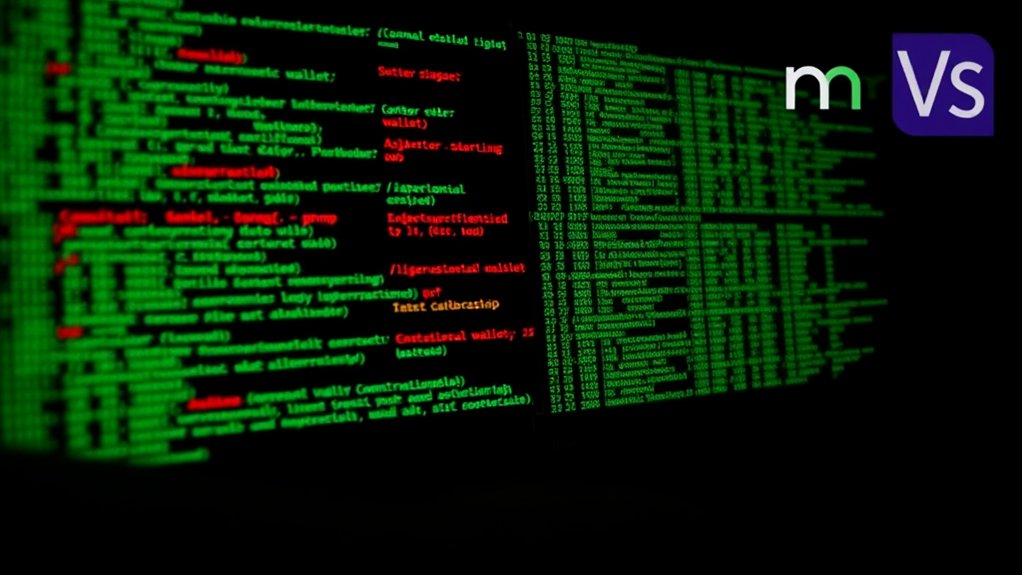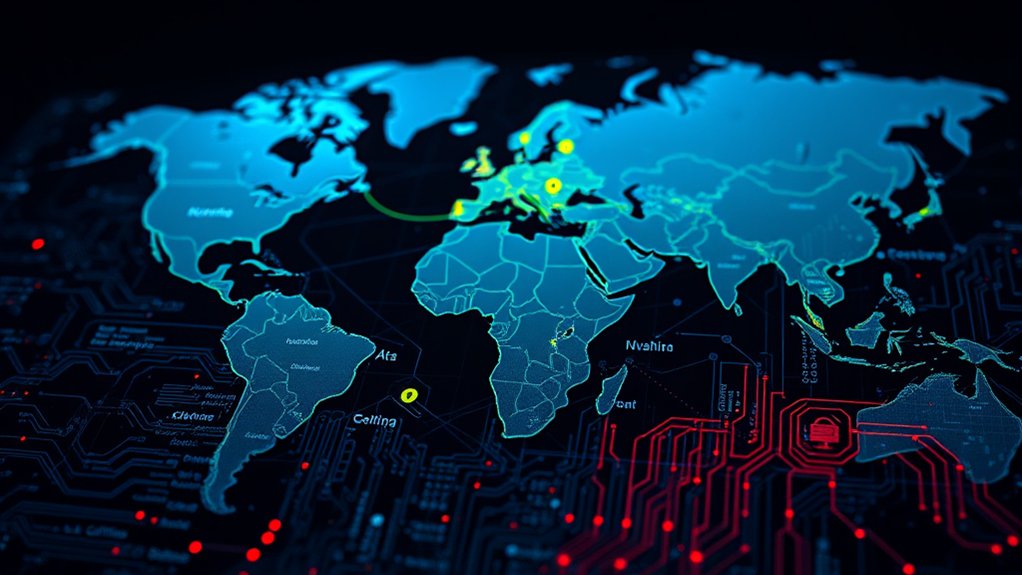As organizations increasingly depend on third-party vendors and cloud services, the intricacy of their cybersecurity environment intensifies, exposing them to significant risks. Recent surveys indicate that 72% of organizations have recognized an increase in cyber threats over the past year, with phishing and cyber-enabled fraud becoming particularly prominent. The growing dependence on third-party services adds considerable layers to an organization’s attack surface, introducing vulnerabilities that were previously less pronounced. Furthermore, with over 30,000 new CVEs recorded by the National Vulnerability Database (NVD), the complexity of modern cyber threats that organizations must combat has become significantly more challenging.
Compounding these issues, supply chain attacks have highlighted the susceptibility of third-party connections. In fact, 11 countries are responsible for 91.9% of all third-party breaches globally, indicating a concentrated risk that organizations must navigate as they engage multiple external partners. As these dynamics evolve, third-party risk management has emerged as a cornerstone of modern cybersecurity strategies, prompting companies to reassess their reliance on external vendors. Notably, the average of 115 CVEs disclosed daily illustrates the rising complexity of modern cyber threats that organizations must combat.
The economic and operational impacts of third-party breaches are substantial. Financial losses from cybersecurity incidents can be crippling, whereas disruptions in operations undermine customer trust—an invaluable asset. Additionally, the reputational damage can linger long after a breach has occurred, necessitating rigorous regulatory compliance to address escalating third-party risks. Many organizations now turn to solutions like Norton 360 Deluxe to protect multiple devices across their networks.
Various industries face differential exposures to third-party breach risks. The healthcare sector, for instance, is particularly vulnerable because of its handling of sensitive personal information. Likewise, the financial sector grapples with complex supply chains that increase potential threats. The technology industry also faces significant attacks characterized by extensive use of external services.
Remarkably, the communications sector has experienced breaches affecting critical utilities, underscoring the varied risks across sectors.
Country-specific risks are pronounced as well, with nations like Singapore and the Netherlands showing heightened third-party breach rates. Emerging markets exhibit disproportionately high risks because of their rapid technological advancement and economic growth. Recognizing these trends, some countries have initiated national cybersecurity programs aimed at fortifying defenses against third-party vulnerabilities, hoping to better protect their interconnected digital environments.









